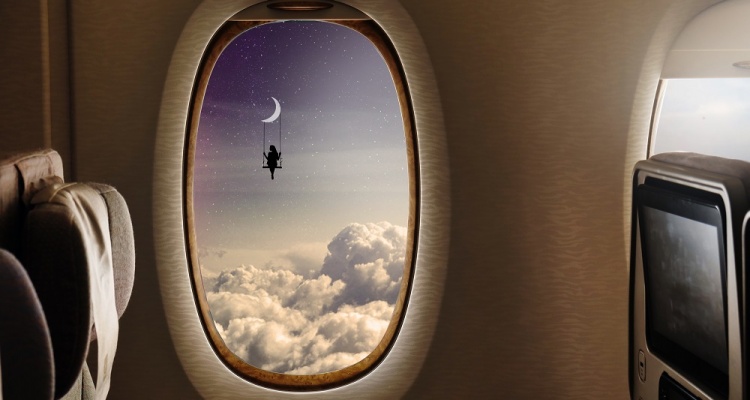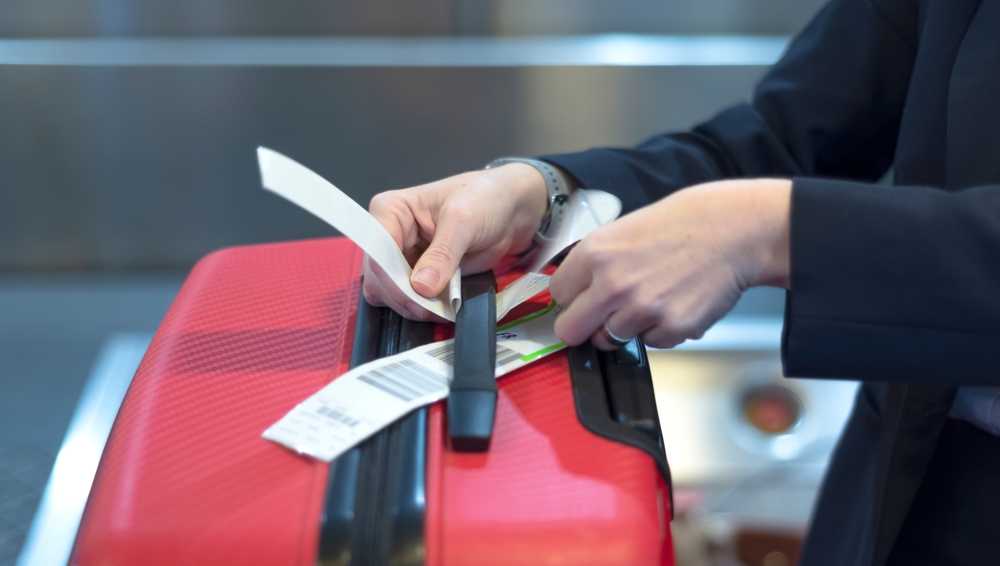In recent times, incidents of passengers being removed from flights have garnered significant attention. While airlines strive to ensure a safe and comfortable journey for all, certain behaviors or situations can lead to a passenger’s removal. It’s essential to understand the circumstances under which this can occur and the policies that govern such actions.
Reasons for Passenger Removal
- Intoxication: Passengers exhibiting signs of intoxication, such as loud behavior, stumbling, or smelling of alcohol, may be denied boarding or removed from a flight. Airlines prioritize safety and may consider intoxicated passengers a potential risk.
- Non-Compliance with Crew Instructions: Ignoring or refusing to follow flight attendants’ directions can lead to removal. Crew members are responsible for passenger safety, and non-compliance can hinder their duties.
- Inappropriate Attire: Wearing clothing deemed offensive, such as attire displaying obscene language or images, can result in denial of boarding. For instance, Spirit Airlines recently updated its policy to prohibit passengers from boarding if they are “inadequately clothed,” including wearing see-through clothing or revealing private parts.
- Health Concerns: Passengers exhibiting symptoms of contagious illnesses may be denied boarding to prevent the spread of diseases within the cabin. Airlines have the authority to refuse boarding to passengers who appear unwell and potentially contagious.
- Disruptive Behavior: Engaging in altercations, using abusive language, or any behavior that threatens the safety and comfort of others can lead to removal. Airlines maintain a zero-tolerance policy towards disruptive actions.
Airline Policies and Legal Framework
Airlines operate under specific carriage contracts, which outline the terms and conditions passengers agree to upon purchasing a ticket. These contracts grant airlines the right to remove passengers under certain circumstances.
For example, Section 44902(b) of the Federal Aviation Administration (FAA) regulations, known as “permissive refusal,” provides pilots with broad authority to remove passengers they deem a threat to safety.
Additionally, airlines like American Airlines have recently revised their passenger removal policies to provide clearer guidelines on when flight attendants can ask passengers to leave the aircraft.
Frequently Asked Questions
Q: Can I be removed just for wearing casual attire?
Ans: While casual attire is generally acceptable, clothing with offensive language or imagery can lead to removal. It’s advisable to dress appropriately and considerately.
Q: What should I do if I feel unwell before a flight?
Ans: If you’re experiencing symptoms of a contagious illness, it’s best to consult with a healthcare professional before flying. Airlines may deny boarding to passengers who appear visibly ill to prevent the spread of diseases.
Q: Are there specific behaviors that can lead to immediate removal?
Ans: Yes, behaviors such as physical altercations, threatening crew members or passengers, and severe non-compliance with safety instructions can result in immediate removal and potential legal consequences.
Understanding airline policies and adhering to guidelines ensures a safer and more pleasant travel experience for everyone. Being aware of behaviors that can lead to removal helps passengers navigate air travel more confidently and responsibly.






